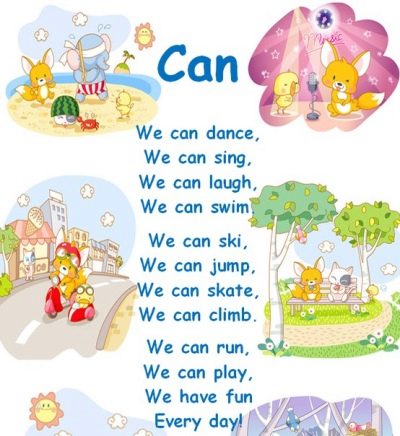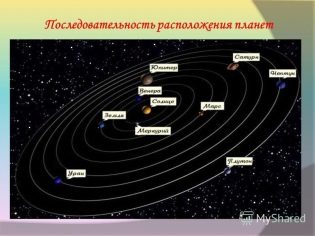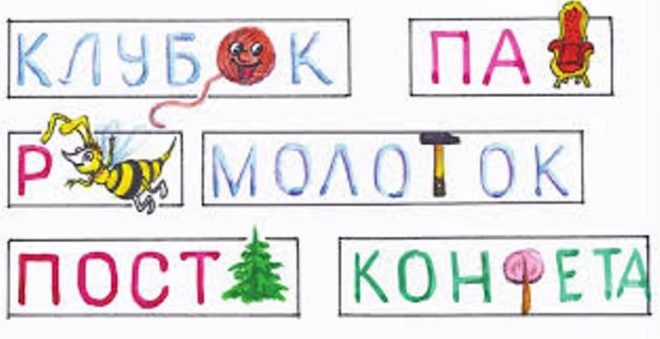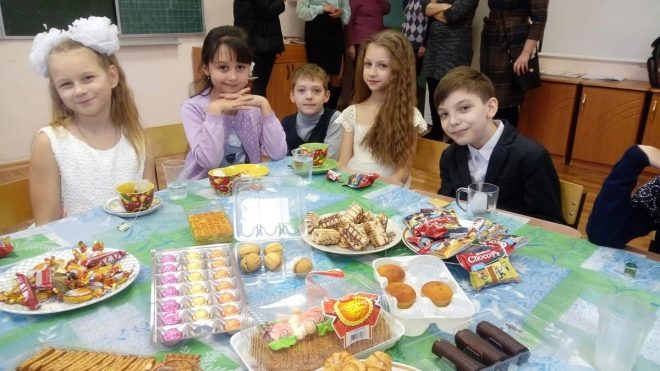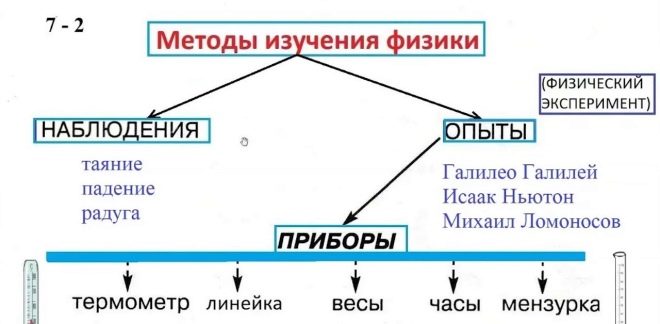Using memory instructors to teach students
Mnemotechnology is most intensively used for training. preschoolers in kindergarten, but specialists in this science assure that it can be applied in a slightly modified form for any other age, including younger and even middle school students. Of course, here the methods and techniques of learning are somewhat more complicated, so it is worth considering them in more detail.
Age features
The first elements of mnemonics are given in kindergarten - this is where this technology is used most often. But the school does not always pay enough attention to this. The principles of presenting information regarding visibility, ties on associative thinking and the ability to interest the addressee remain relevant, but in general mnemonics for school-age children use slightly different tools than those used in kindergarten.
So, with age, a child gradually begins to understand the importance and necessity of learning, even if the material he is present is not very interesting to him. This allows you to use the technique to transmit absolutely any useful information from the school curriculum, even if the form of its presentation is not of interest to a disinterested person.
In addition, the grown-up child is no longer so attached to bright colors, and therefore it is possible to submit information without any pictures at all. At the same time, the volume of his memory increases significantly, due to which, for example, verses are actively used for memorization. Of course, not all lessons can be clothed in poetic form, but for the same memorization of foreign vocabulary is a very practical solution.
Images can still be used, but it’s not the bright colors that are important here, but the ability to expand understanding or add associations. When studying biology, much more useful is even a black-and-white photograph of an animal than the brightest picture, and in teaching physics - an illustrative diagram of the action of forces or mechanisms. In both cases, it is better to complement the illustrations with text that allows one to draw the right conclusions from what he saw, whereas the very verbal description without a picture could give a wrong idea about the topic being studied. Respectively, a picture must always be unambiguous and not allow dual interpretations.
Junior School
Exercises on mnemonics for primary school age are in many ways similar to kindergarten, but they also have their own specifics. Here, special attention is paid to poems, since many of the concepts being studied cannot be conveyed by an image, and poetry at the same time helps to improve the memory of children. For grades 1-4, a huge number of children's poems are written, where the basic rules of the same mathematics are briefly disclosed.
Some rules are not drafted into verses, but simply into easily remembered formulations like “I cannot be married” - the last example lists words ending in “g,” at the end of which no soft sign is written. Thanks to this, even boring information makes the child smile, helping to maintain his interest.
For children under 10 years of age, there is still washing away to clothe learning in the game, since they are not always ready to absorb complex material simply because it is necessary. If possible, some classes should be less formal - a child who feels free and confident often shows the best result. So, a popular method of learning foreign languages is informal gatherings with tea in the classroom - for some time, those present are not allowed to speak their native language.At the same time, no one will ask the child difficult questions, and it’s impossible to get a deuce here, and you don’t really need to teach anything - when a child enters the language environment, the child will certainly remember something new.
Old school
Closer to adolescence, the child is already able to force himself to memorize information, even if he is not interested, but this does not mean that the process cannot be simplified.
At this point, the curious student may be interested in statistics about what he is studying. Arguing about the same physics, the student may not be interested in a detailed statement of the device as a whole paragraph, but he may be interested in the image in the book and a brief table of basic parameters next to it. This squeeze out the necessary information, calculated on the fact that a person with well-developed logic and minimal knowledge on the subject will substitute everything else. Although this presentation requires a minimum of preliminary preparation, the block of information itself looks smaller, and therefore not so discouraging. If you also accompany the submitted figures with interesting facts and comparisons, it will become much easier to memorize them.
Another vivid example of mnemonics is writing essays on a specific topic. Much more information is stored in our memory than we can imagine, but it must be periodically agitated and systematized so that it is not forgotten — then the amount of memory will grow. By offering the child to speak on a certain topic, about which he himself could not have thought, teachers force him to learn from the memory all that is known about the subject, to strain the logic, and sometimes to ask themselves unexpected questions and independently search for answers to them. If the task is also not in writing an essay, but in formulating a detailed answer from the head, and to provide it the next day, then this question will also train the amount of memory.
See the next video for more details on the use of mnemotechnical techniques for teaching children.


